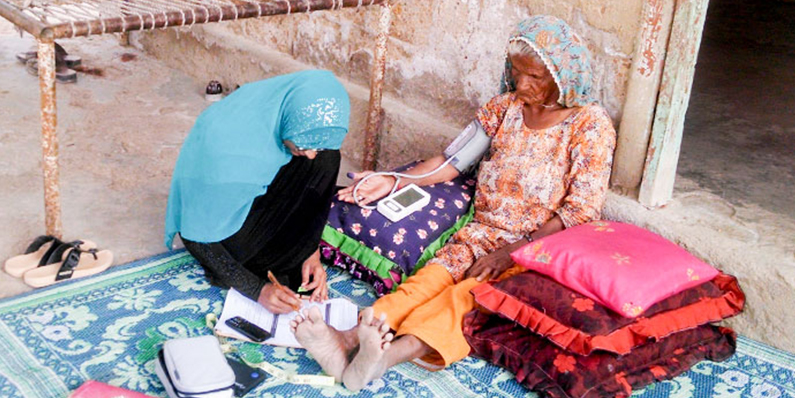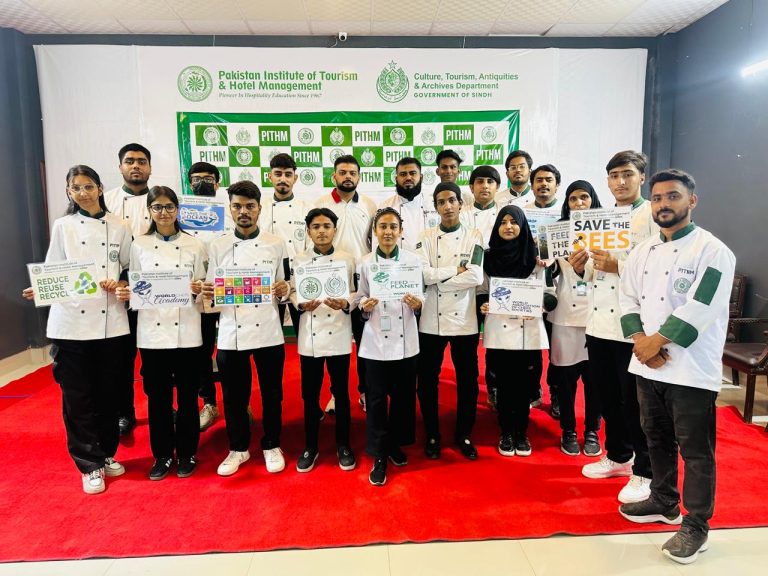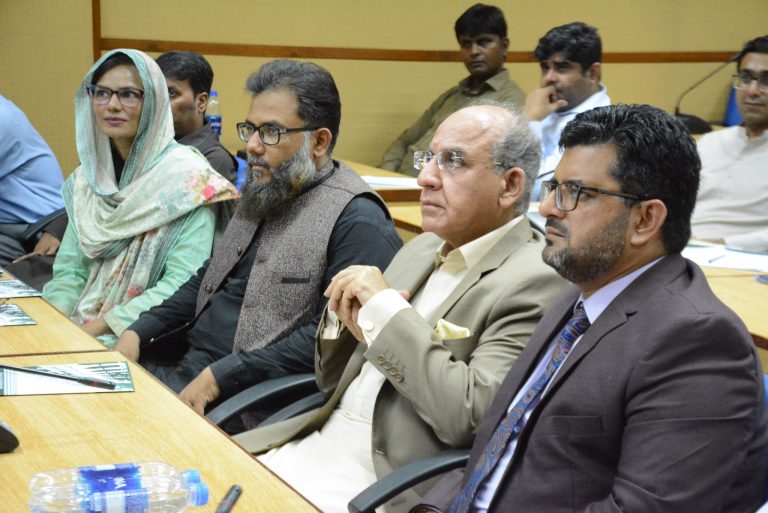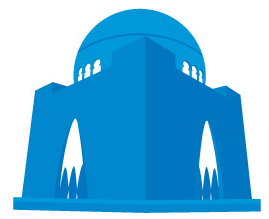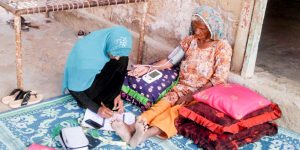 A low-cost intervention to prevent and manage hypertension or high blood pressure, BP, at early stages can be cost-effectively scaled up for rural communities in Pakistan and other low- and middle-income countries, according to findings from a multi-country research trial published in The Lancet Global Health.
A low-cost intervention to prevent and manage hypertension or high blood pressure, BP, at early stages can be cost-effectively scaled up for rural communities in Pakistan and other low- and middle-income countries, according to findings from a multi-country research trial published in The Lancet Global Health.The multi-country intervention trial, Control of Blood Pressure and Risk Attenuation Bangladesh, Pakistan, Sri Lanka, (COBRA-BPS), evaluated the budgetary impact and cost-effectiveness of a package of healthcare interventions implemented in 30 rural communities in the three South Asian countries between 2016 and 2019. COBRA-BPS is a multi-country research collaboration led by Duke-NUS Medical School in Singapore in partnership with Aga Khan University in Pakistan, the International Centre for Diarrhoeal Diseases Research, Bangladesh and the University of Kelaniya in Sri Lanka.
In Pakistan, the trial was conducted by Aga Khan University in ten rural communities in district Thatta in collaboration with the district health programme, other private healthcare stakeholders and general practitioners. Lady Health Workers, LHW, in the study intervention areas were trained to monitor the blood pressure of hypertensive patients during routine home visits using a digital blood pressure machine, and to provide health promotion education on the importance of a healthy diet and lifestyle. When patients had uncontrolled hypertension, LHWs referred them to basic health units.
The trial also saw LHW and public and private physicians receive training in the COBRA-BPS trial intervention using standard protocols and treatment algorithms for hypertension management.
The researchers estimate that scaling up the intervention across Pakistan would cost the government less than $10.25 per participant treated and $0.29 per capita in the first year. Costs in subsequent years would decrease as only refresher trainings would be required. The team is currently discussing how to facilitate scaling up the programme in collaboration with provincial health authorities in Pakistan, Bangladesh and Sri Lanka.
Aga Khan Universitys Dr Imtiaz Jehan, the principal investigator of the study in Pakistan, said: Uncontrolled hypertension or high blood pressure, lack of public awareness of the disease and its risk factors, and low anti-hypertensive medicine use are alarmingly high in Pakistan. Controlling blood pressure through lifestyle modifications and antihypertensive therapy can be the single most low-cost strategy to prevent the rising rates of heart attack, stroke and kidney failure and averting deaths due to these diseases in Pakistan.
She noted that existing ways to treat and manage these chronic conditions was expensive which is why governments around the world are evaluating the effectiveness of interventions at an earlier stage.
“Our trial provides timely evidence regarding sustainable and low-cost pragmatic solutions for effective blood pressure control. The COBRA-BPS intervention can be integrated into our public primary healthcare system of lady health workers as well as referrals to basic health units through standardised training and task shifting, Dr Jehan added.
Cost-effectiveness studies are important for understanding the value-for-money spent on an intervention, while budget impact analyses indicate its affordability, said Professor Tazeen Jafar, from Duke-NUS Health Services and Systems Research (HSSR) Programme, who spearheaded the study in all three countries. These indicators are important for health planners when they have to choose from a variety of interventions for a number of conditions.
Studies have shown that reducing BP also reduces the risk of developing coronary heart disease, stroke and cardiovascular diseases (CVD), thus offering the potential for low-cost interventions targeting BP and other CVD risk factors to be both cost-effective and scalable, explained Professor Eric Finkelstein, also from Duke-NUS HSSR Programme, and a co-senior author of the study.
Professor Jafar and her team calculated the trials total costs over each of the three years. Based on this, they determined how much the trial cost per participant treated and per capita for the population in each country. Finally, they assessed how much it would cost to scale up the programme countrywide, and how much would be saved by catching and managing hypertension early on.
The team found the per-participant and per-capita costs of the trials first year were US$10.65 per participant and $0.63 per capita for Bangladesh, $10.25 per participant and $0.29 per capita for Pakistan, and $6.42 per participant and $1.03 per capita for Sri Lanka.
The costs were less for the next two years in Bangladesh and Pakistan but increased slightly in Sri Lanka. These inter-country differences were due to different numbers of community health workers requiring training, general differences in costs and wage rates, and the difference in the prevalence of hypertension.
Professor Jafar added: This study provides the first clear evidence that a standardised and effective community-based hypertension management programme is affordable and scalable in all three countries.
The researchers anticipate the results can also guide trials in other South Asian countries and are looking to expand the programme throughout the region. The studys goals are in line with global targets under the Sustainable Development Goals to reduce the burden of non-communicable diseases by 2030 through prevention and treatment strategies.




